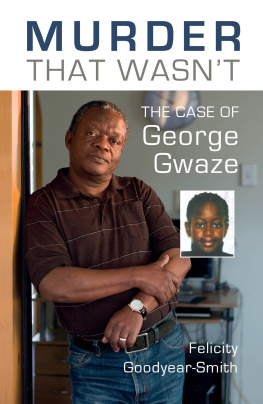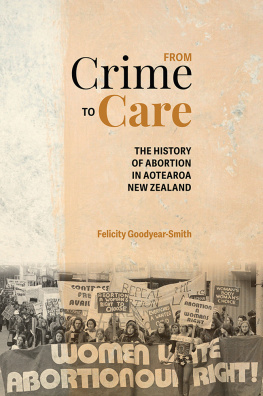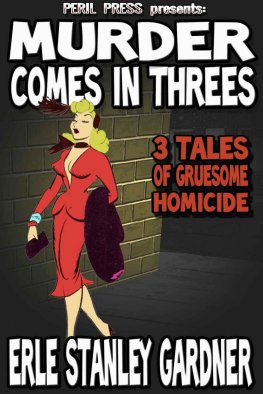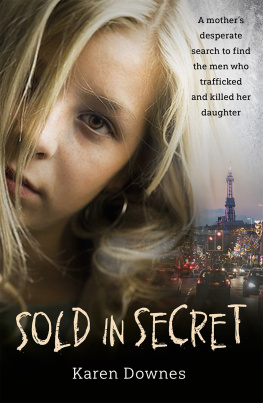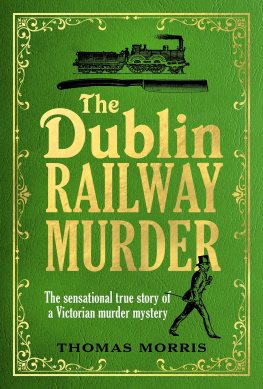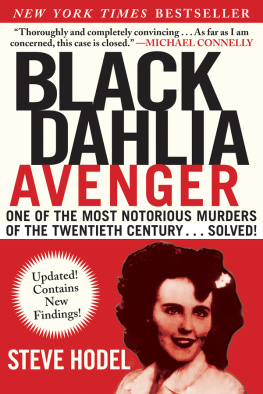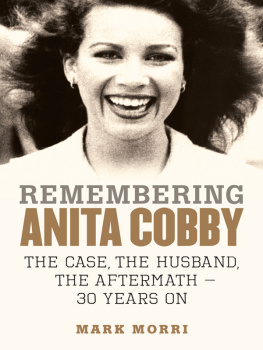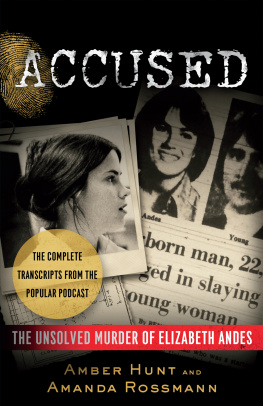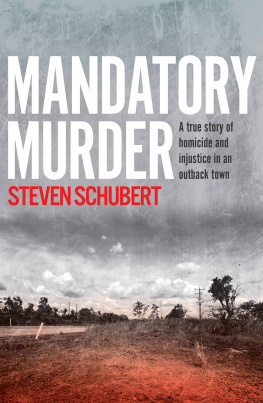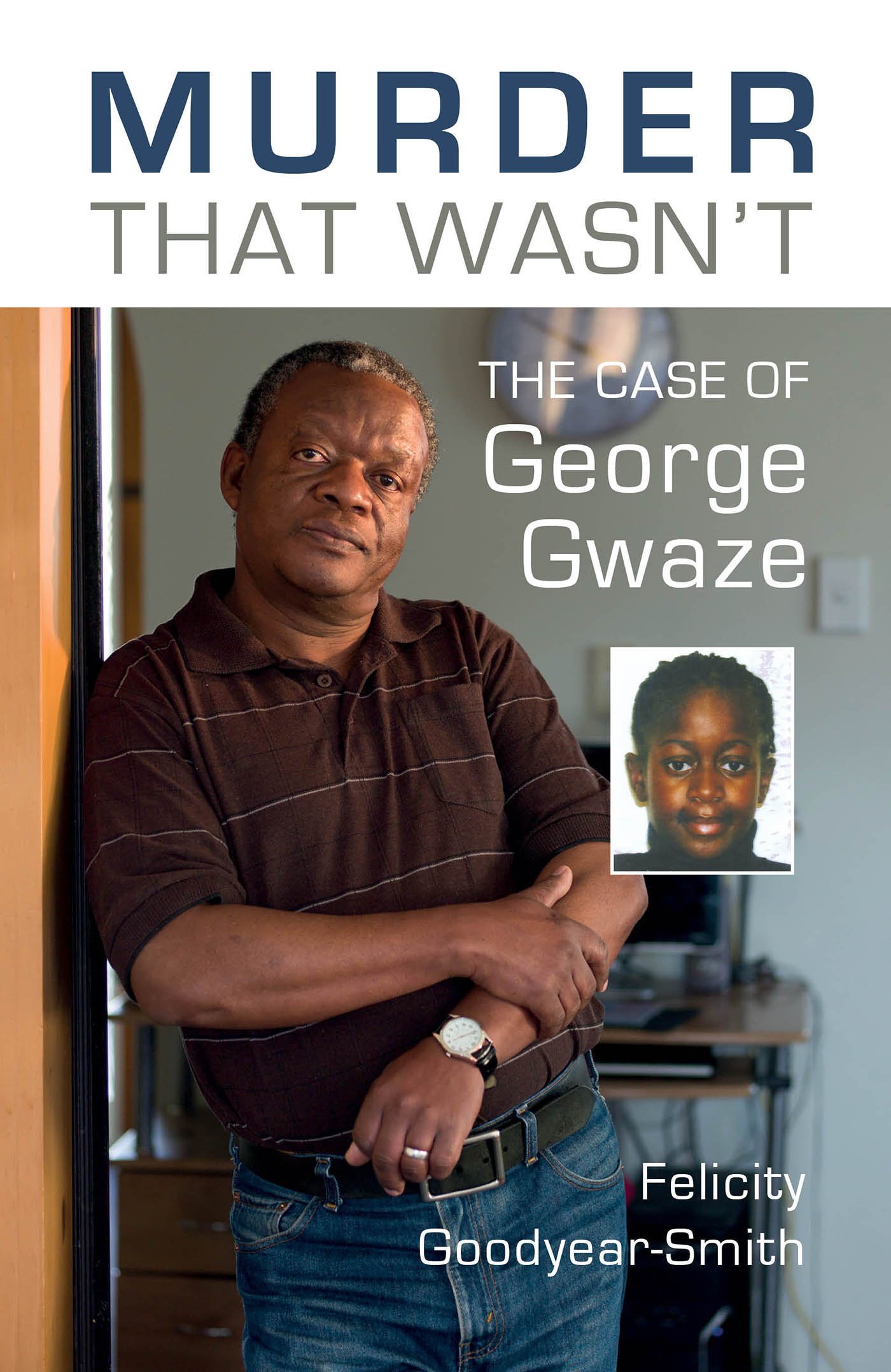Published by Otago University Press
Level 1, 398 Cumberland Street
Dunedin, New Zealand
www.otago.ac.nz/press
First published 2015
Copyright Felicity Goodyear-Smith
The moral rights of the author have been asserted.
ISBN 978-1-877578-99-1 (print)
ISBN 978-1-927322-76-5 (Kindle)
ISBN 978-1-927322-77-2 (ePub)
ISBN 978-1-927322-78-9 (ePDF)
A catalogue record for this book is available from the National Library of New Zealand. This book is copyright. Except for the purpose of fair review, no part may be stored or transmitted in any form or by any means, electronic or mechanical, including recording or storage in any information retrieval system, without permission in writing from the publishers. No reproduction may be made, whether by photocopying or by any other means, unless a licence has been obtained from the publisher.
Publisher: Rachel Scott
Editor: Gillian Tewsley
Design/layout: Fiona Moffat
Index: Diane Lowther
Ebook conversion 2016 by meBooks
Main front cover photograph by Guy Frederick
Foreword
GEORGE GWAZE, a veterinary surgeon from Zimbabwe, emigrated to New Zealand in 2004 to join members of his family who had already moved here to escape the difficult political and economic climate in their homeland. Over time, he was joined by his wife, his remaining children and two of his nieces.
In 2007 Mr Gwaze was accused of the murder and sexual violation of one of his nieces, 10-year-old Charlene. He was tried twice; both times New Zealand juries found him not guilty of the charges against him, and he was eventually exonerated.
This book chronicles the real harm that can be done to an individual and their family when medical professionals, investigators and prosecutors appear to make assumptions about an individuals guilt and then consider only the evidence that appears to support that outcome. In telling the Gwaze familys story, the author illustrates how this kind of closed-minded approach emerges, how it is perpetuated during the course of an investigation, and ultimately how it damages the individuals who are subjected to it.
Felicity Goodyear-Smith has very carefully worked her way through the complex scientific and medical evidence, the court records and the individual interviews of those involved in this tragic case. This book is a salutary reminder of how the fact-finders mindsets can influence their acceptance, rejection, recall and interpretation of objective scientific and medical data, so that alternative explanations that are more consistent with the evidence are never considered or adequately tested.
This book should be compulsory reading for all police investigators, Crown prosecutors, criminal defence lawyers and frontline medical professionals. It makes a significant contribution to our understanding of the forensic process in New Zealand criminal trials. Most importantly, it provides a human face to a process that sometimes goes terribly wrong, leaving a trail of human misery and injustice in its wake.
PROFESSOR MARK HENAGHAN
Dean of the Faculty of Law
University of Otago
PROFESSOR HARLENE HAYNE
Professor of Psychology
University of Otago
Acknowledgements
There is a large number of people who need to be acknowledged. In particular I would like to thank Dr Arie Geursen, who made a significant contribution to the sections on forensic evidence and good versus bad science.
Thanks also to defence lawyers Mr Jonathan Eaton QC, Ms Helen Coutts and Mr James Rapley for their contributions to the case and to this book. I would also like to acknowledge the medical experts Professor Sebastian Lucas, Professor Michael Sharland, Dr Simon Nadel and Dr Nathaniel Cary, who were prepared to take on this case on the other side of the globe, making themselves available at inhospitable hours to attend the court via videolink or, in the case of Professor Lucas, travelling to earthquake-torn Christchurch to give evidence in person.
Of special mention of course are the Gwaze family, who met with me to share their stories after the second trial. I would like to thank them for their patience and honesty. Throughout the terrible ordeal, not only of losing their beloved Charlene but then being falsely implicated in her illness and death, the family have stood strong. They have faced the personal attacks, the wrongs meted out by the justice system and the dreadful disruption to their lives with courage and with dignity. They believed that eventually the truth would prevail. With respect to the courts, it has. I hope this book further disseminates the truth of what happened to Charlene Makaza. I also hope that it contributes to ensuring our forensic processes become more open and scientifically robust, to prevent other tragedies like this from happening.
Abbreviations
| AIDS | acquired immunodeficiency syndrome |
| AP | acid phosphatase |
| ARDS | acute respiratory distress syndrome |
| cART | combination anti-retroviral therapy |
| CYF | Child, Youth and Family |
| DIC | disseminated intravascular coagulation |
| DSAC | Doctors for Sexual Abuse Care |
| E. coli | Escherichia coli |
| ESR | Environmental Science and Research |
| GCS | Glasgow Coma Scale |
| HAART | highly active antiretroviral therapy |
| HIV | human immunodeficiency virus |
| ICU | intensive care unit |
| IHC | immuno-histochemistry |
| LCN | low copy number (DNA testing) |
| LIP | lymphocytic interstitial pneumonitis |
| PCR | polymerase chain reaction |
| PICU | paediatric intensive care unit |
| SGM+ | second generation multiplex plus (DNA profiling) |
| STSS | staphylococcal toxic shock syndrome |
| Y-STR | a short tandem repeat on the Y-chromosome, often used in forensics |
Prologue
AT 6 AM on Saturday 6 January 2007 a Christchurch woman goes into her 10-year-old daughters bedroom to find her unresponsive, gasping for breath, with a high fever and lying in a pool of diarrhoea. She wakes her husband and an older daughter, they carry the child to the car and rush her to the local 24-hour clinic, where she is given emergency intravenous antibiotics for presumed acute infection. An ambulance is called and by 7.20 am she is in the emergency room at Christchurch Hospital. A team of doctors and nurses work on resuscitating her but she remains critically ill. She is moved to the intensive care unit and a helicopter is dispatched from the Starship Childrens Hospital in Auckland to transfer her to New Zealands paediatric intensive care facility. Her mother rushes home to pack a small bag before accompanying her daughter to Auckland.
By two oclock that afternoon the scene has dramatically changed. The diagnosis has changed from septic shock to one of violent sexual assault and attempted suffocation. The police are called and start to interview the family. When the Starship team arrive it is clear that the girl is dying and nothing can be done to save her. At 7.30 pm the forensic pathologist is alerted that he will soon be seeing a case of suspected sexual abuse and suffocation. The girl dies at one oclock the following morning. That day the media reports that she has died from suffocation by another person. After a police investigation her father is arrested for her murder on 2 February 2007. The life of this family has changed forever.

